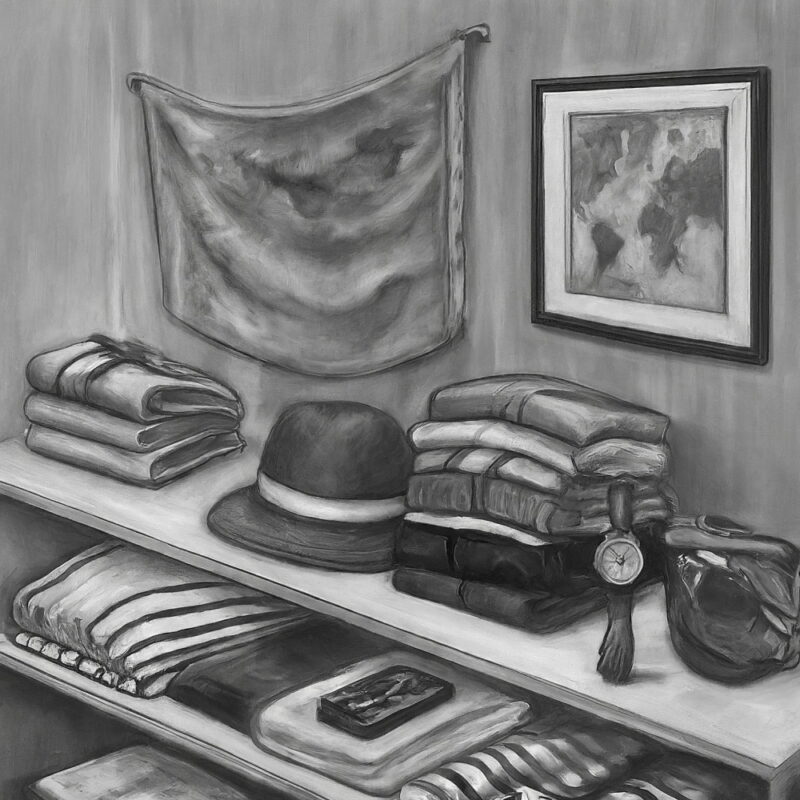The Global Tapestry in Our Closets
Fashion, like language, tells the story of who we are and where we come from. It’s a powerful expression of cultural identity, continuously shaped by the interplay of global trends and local traditions. As we explore how diverse cultural influences have redefined modern wardrobes, we discover not only the richness of global fashion but also how it can enhance our personal style.
Fusion Fashion: Blending Traditions with Contemporary Style
One of the most exciting aspects of modern fashion is the way designers blend cultural heritage with cutting-edge trends. This fusion often results in breathtaking innovations in the fashion industry. For instance, the traditional Japanese kimono has inspired countless Western designers to create garments that maintain the kimono’s clean lines and elegant silhouette but use fabrics that are staples in Western fashion like denim or velvet. This blend creates pieces that are both timeless and contemporary, perfect for anyone looking to stand out in a crowd.
The influence of African textiles on modern fashion is another prime example. Vibrant patterns and colors, characteristic of traditional African clothing, have found their way onto international runways, adorning everything from casual t-shirts and hoodies to haute couture gowns. The appeal of these textiles lies in their boldness and uniqueness, which fashion enthusiasts worldwide seek to incorporate into their everyday outfits.
Scandinavian Minimalism: The Appeal of Simplicity
In stark contrast to the vibrant prints and colors from Africa, Scandinavian minimalism emphasizes simplicity, functionality, and comfort. This trend has profoundly impacted how we view women’s and men’s clothing, promoting a clean, understated look that prioritizes comfort without sacrificing style. Brands that embody this philosophy often choose neutral palettes and uncomplicated designs, making items like wool beanies or sleek hoodies not just practical, but stylish choices for the fashion-forward individual.
Streetwear: The Global Youth’s Voice
Streetwear is another area where cultural influences are prominently visible. It is largely driven by the tastes and attitudes of the youth, incorporating elements from Japanese graphics, American hip-hop, and Korean pop culture. Today’s streetwear goes beyond geographical boundaries, with items like graphic t-shirts and oversized hoodies becoming universal symbols of youthful rebellion and cultural convergence.
The integration of streetwear into children’s fashion highlights its widespread appeal and versatility. Kids’ fashion now features mini versions of streetwear staples, combining comfort with style, and allowing the younger generation to make their own fashion statements.
Ethical Fashion: A Cultural Shift Towards Sustainability
Finally, a significant cultural shift in fashion is the move towards sustainability. Consumers are increasingly prioritizing ethical clothing options that reflect their values. The rise in popularity of eco-friendly materials across clothing categories—from women’s dresses to men’s shirts—reflects a collective commitment to reducing fashion’s environmental impact. This cultural trend is not just about changing how we make clothes but also about transforming consumer culture globally.
How Cultural Diversity Shapes Our Style
As global influences meld with local traditions, our closets become a map of the world, reflecting broader social changes and individual tastes. Embracing cultural diversity in fashion not only enriches our wardrobe but also bridges gaps between different worlds. It reminds us that fashion is not just about trends but about fostering a deeper understanding and appreciation of the world around us. Whether it’s through the simple lines of a Scandinavian-inspired beanie or the vibrant pattern of an African t-shirt, our fashion choices tell a story of cultural celebration and connection.






